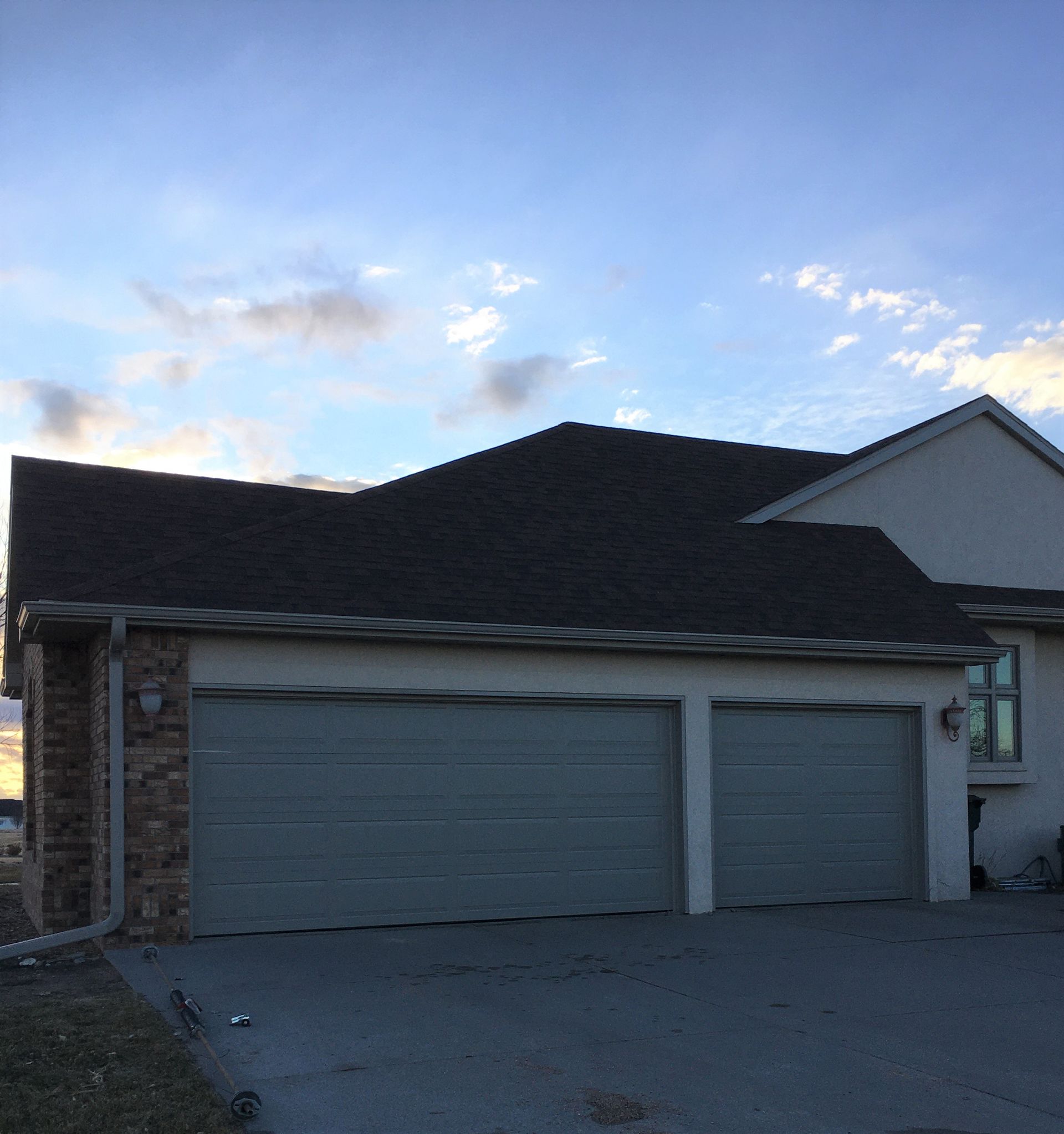Not sure whether to choose a flat or sloped roof? Understanding their pros and cons will help you make an informed decision based on your needs, budget, and building style. Let’s break it down.
Flat vs. Sloped Roofs: A Comparison
Advantages and Disadvantages of Flat Roofs
- Benefits: Flat roofs are affordable, easy to build, and offer additional space for things like HVAC systems or even rooftop gardens.
- Drawbacks: Requires more maintenance to prevent water pooling, and can be prone to leaks if not properly sealed.
Sloped Roofs
- Advantages: Excellent water drainage, durable, and aesthetically pleasing.
- Cons: Sloped roofs involve higher initial costs and require more intricate construction techniques.
Understanding the Truth About Flat Roofs
Contrary to popular belief, flat roofs aren’t truly flat. They have a subtle slope for water drainage. Flat roofs can be just as durable as sloped ones with the right materials and maintenance.
Choosing Between Flat and Sloped Roofs: What You Need to Know
To help you make your decision, consider the following factors when choosing between a flat and sloped roof:
- Costs: Flat roofs are generally less expensive initially, while sloped roofs offer long-term savings through durability and lower maintenance costs.
- Roofing Materials: Flat roofs often use membranes like EPDM or TPO, while sloped roofs typically feature asphalt shingles, tiles, or metal.
- Building Design: The design of the building, the climate, and its intended use should influence your choice. Flat roofs are ideal for modern buildings, while sloped roofs are better for traditional homes or locations with severe weather.
Why Choose Weathercraft for Your Roofing Needs
With years of experience, Weathercraft is your trusted partner for both flat and sloped roofing. Our team provides expert recommendations, ensuring you get the most suitable roofing solution for your building. Every roofing project we handle is backed by high-quality materials and superior craftsmanship, guaranteeing long-lasting results.
